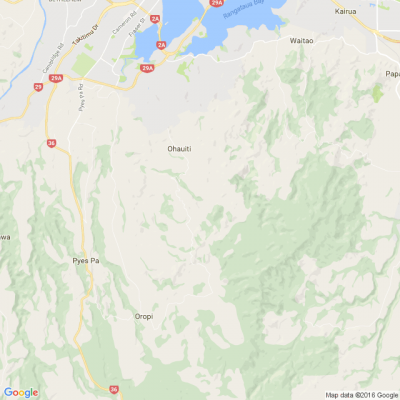
Know what’s happening
Access the private noticeboard for verified neighbours near you. Keep informed about any suspicious activity, send urgent updates to your neighbours when required and discuss emergency planning.
Get to know your neighbours
Browse the directory and start getting to know your neighbours. Don’t want to post to the whole neighbourhood? Send a private message.
Buy, sell and give away
Want to declutter your garage? Buy some used household items? Give away some garden stuff? Become a verified neighbour to browse and post items for sale. Trading is simple when everyone lives nearby.

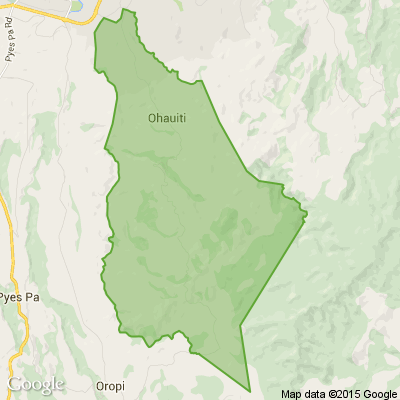
Nearby
Greerton - Parkvale, Oropi, Pyes Pa, Tauriko, Te Puke, Omanawa, Welcome Bay, Papamoa Beach, Hairini, Gate PaHave a browse...
Check out what your neighbours are selling (or giving away!) here.

Thank you for using Neighbourly
You may receive an email confirmation for any offer you selected. The associated companies will contact you directly to activate your requests.
Colleen Hawkes Reporter from Homed
The freeze on tenancy terminations has impacted 'Mum and dad' landlords in ways no-one could have predicted prior to Covid-19.

The Team from Neighbourly.co.nz
Got a local business that went over and above during lockdown? Is there one you’ve really missed - or one that's brightened your day? Maybe it’s a business who just needs a helping hand at the moment...
Nominate them for a Local Like! Your shoutout could appear as an advert on Stuff, on… View moreGot a local business that went over and above during lockdown? Is there one you’ve really missed - or one that's brightened your day? Maybe it’s a business who just needs a helping hand at the moment...
Nominate them for a Local Like! Your shoutout could appear as an advert on Stuff, on Neighbourly, or in your local paper. Plus you could win a bag of feijoas (or a $100 voucher to the business you nominate).
Nominate now

As a nation, we recently held a moving ANZAC Day commemoration. So now is a good time to reflect on how we treat our military personnel during and after their service. It speaks volumes about who we are as New Zealanders.
Let’s not leave those who serve our country behind.
Can New Zealand … View moreAs a nation, we recently held a moving ANZAC Day commemoration. So now is a good time to reflect on how we treat our military personnel during and after their service. It speaks volumes about who we are as New Zealanders.
Let’s not leave those who serve our country behind.
Can New Zealand do more to ensure that past, present and future service people - and their whānau – are recognised and supported?
Join the conversation now at missionfeedback.co.nz
Join now

Owner from Curtain Clean BOP Ltd
The answer: Not Directly.
Only if the curtains are actually touching or touch the window, which most don’t. It derives from and does contribute to the general humidity in the surrounds around the curtain which again contributes to the development of mould. Water on windows is mostly somewhere … View moreThe answer: Not Directly.
Only if the curtains are actually touching or touch the window, which most don’t. It derives from and does contribute to the general humidity in the surrounds around the curtain which again contributes to the development of mould. Water on windows is mostly somewhere between 75 and 100 mm from a curtain so how it hops the space to create mould is an interesting question.
I have seen curtains more than a meter from the windows and still moldy and curtains 20 years old with no mould. Not in the sun.
Moisture on windows is caused by the lower dew point of the glass. The warmer the air in a room/house the more moisture it will hold. It is a natural reaction for the moisture in the air to collect on the cool glass as the warm moist air attempts to equalize the air temperature and the glass temperature. The cooler glass sucks the heat out of the air.
Heat always travels from hot towards cold, leaving the moisture on the window and the warmth heating the glass until the outside temperature is the same as the inside temperature.
The closer together the temperature of the air and the glass the less it will happen. Indeed in the summer it works in the opposite where the higher temp of the glass heats the air in the room. This would also occur on days in the winter when the air in the house is cooler than the glass that’s heated by the sun. As soon as the temperature reverses the dew point on the glass lowers and then we have moisture on the windows. Same happens in your car.
Now without the sun or heating of some kind warming the curtains and the room, the curtains would remain at the ambient room air temperature but that’s not what happens. Heating or the sun will warm the curtains which like the air absorb the moisture from the air around them. This is also influenced by the humidity in the air at the time. If the curtains are cooler than the air in the room then any humidity will be absorbed by the curtains.
In doing so they also absorb the bacteria that is entrapped in that moisture. It important to note that that moisture can be from any source both inside and outside of the immediate vicinity of the curtains, for moisture in the air is carried by air currents that swirl around constantly, due to breeze, air temperature, movement by people and so on.
The curtains will adjust their own temperature and level of water absorbed up and down depending on the same factors, i.e. air temp, amount of heat applied to them by the sun and the amount of heat the material is able to absorb and retain and the all this is complicated by the time which curtains retain that heat and for how long.
So we have material curtains that absorb and release both heat and moisture all the time depending on the room conditions.
Thus we have curtains that essentially become mini glass houses or incubators, especially in the folds or where the sun has a high heat impact upon the material. A further compounding factor is the closeness of the material bulk to the wall. If as is mostly the case curtains are bunched against the wall, especially after being heated by the sun in the mornings, then the incubator effect is heightened. The same applies to late afternoon except that at that time the sun is intense and hotter than morning so the curtains retain more heat for longer. Midday sun is at a higher angle and so doesn’t affect the curtains so much.
The type of material also has an effect. Many older materials were natural and tended to allow more passage of air. Many of the modern materials are almost impervious to air and in the case of say taffeta’s and blackout material there is no “breathing” at all.
The use of Blackout material on many curtains has both the effect of no “breathing and it also retains an enormous amount of heat where the sun shines upon it. Put taffeta and blackout together and it’s a given that curtains and or more likely the linings will go moldy, even in rooms where there is standard ventilation.
How does the warmth affect the curtains?
As with all incubators and glass houses the warmth creates an ideal condition for bacteria to grow. Longer periods of warmth, especially where the humidity is high, such as in curtain folds, and even in the material fibres themselves encourage the growth of bacteria. Bacteria thrive in colonies and have an enormous rate of duplication, and will grow colonies that live and hibernate and create their spores that continue to reinfect and grow the new colonies.
This growth happens in the warm, mostly summer and on curtains is mostly seen as an orange-y or reddish spots. These colonies flourish and die and then regrow from the spores left in the curtains. This may happen for several years before they become easily seen.
By the time most people notice the mildew the bacteria have died, due to the cooler winter temperature and left their spores which have turned black. That’s what we see. They are hibernating mould bacteria which are responsible for the black stain seen on curtains and linings.
It would be rare for this to contaminate the curtains in a short period of time to a degree where it is very visible and usually we could expect two to three years for this to be readily visible and often longer. The black often becomes visible after winter when the cold has had its effect on the bacteria.
Where does all this moisture come from?
The air always contains moisture to a greater or lesser extent. In New Zealand, area’s such as Auckland, Bay of Plenty, Waikato and others have high levels of humidity on any given day because we are close to the sea.
Inside of a house as well as the air humidity level there are other sources of humidity.
People. People exhale moisture when breathing. Closing bedroom doors at night means that that moisture remains inside the bedroom unless there is ventilation to change the air.
En-suites which are now very popular contribute to the moisture in a house, are as do showers and cooking, especially boiling pots of water.
Un-flued Gas Heaters run on LPG are big contributors to the humidity in the room because the gas burns to produce CO2 and water aka Moisture.
Now we want to have these facilities as well as warm houses so we have created an ideal world for bacteria.
Some of the issues can be easily mitigated.
Heat pumps do not remove moisture from a house except at low temperatures whereas dehumidifiers remove the moisture from the air in the house and produce warmth in the process. Tiny ones are not much good but there are a number of larger models.(Remember your science and you will recall that the warmer the air the more moisture it holds, so warming it with a heat pump allows the air to hold more moisture from your cooking, showers etc. Dehumidifiers work by extracting that water, something the heat pump can’t/won’t do.). Using a dehumidifier means not having to install a ventilation system at more cost. Allowing for better room ventilation with cool air. Especially of the windows can be left just open to facilitate cool air inflow.
By changing the curtain rail brackets from the standard 65mm to 80 or 100mm so that the curtains are further from the walls and the windows. This allows for more air circulation around the curtains and thus less higher temperatures. Having separate blackout curtains on a different rail to the other curtains. Install a ShowerDome. In our experience roof ventilation systems and double glazing do not prevent this mildew problem but may delay its onset.
Too late? We can clean your mouldy curtains - visit curtainclean.co.nz or call us on 07-579 0501 to book in today.
Catherine from Oropi
Genuine Nine West Leather handbag
Excellent condition
Comes from a smoke free home.
Payment to be made within 4 days.
Pickup near Pyes Pa
Catherine from Oropi
Black Levis jeans - faded look
Size 26 waist, 32 length.
No stains, tears, rips etc.
75% Cotton
25% Polyester
Comes from a smoke free home.… View moreBlack Levis jeans - faded look
Size 26 waist, 32 length.
No stains, tears, rips etc.
75% Cotton
25% Polyester
Comes from a smoke free home.
Add this item to your watchlist.
Payment to be made within 4 days.
Pickup from Pyes Pa.
Catherine from Oropi
Size 5
The GEL-Netburner Professional 13 Grade School is a lightweight and responsive netball shoe for kids. Ideal for neutral foot types, this updated model sees an all over graphic print inspired by an Australian rainforest butterfly on the upper. It also carries over a number of key tech that … View moreSize 5
The GEL-Netburner Professional 13 Grade School is a lightweight and responsive netball shoe for kids. Ideal for neutral foot types, this updated model sees an all over graphic print inspired by an Australian rainforest butterfly on the upper. It also carries over a number of key tech that makes this a popular netball shoe, such as Forefoot and Rearfoot GEL Cushioning for better shock absorption, and mid foot Trusstic for support and stability.
PRODUCT FEATURES
FOREFOOT GEL CUSHIONING SYSTEM
Enhances shock attenuation during propulsion.
GEL
Shock absorbing material placed in midsole of shoe. Shape of units designed for special function.
REARFOOT AND FOREFOOT GEL CUSHIONING SY
Attenuates shock during impact and toe-off phases, and allows movement in multiple planes as the foot transitions through the gait cycle.
REMOVABLE SOCKLINER
An EVA or SpEVA sockliner moulded to the shape of the foot, which can be removed to accommodate a medical orthotic.
TRUSSTIC
Reduces the weight of the sole unit while retaining the structural integrity of the shoe.
TRUSSTIC SYSTEM
Moulded compound under midfoot area. Provides a controlled and contoured midsole while improving arch support and torsion stability
RRP $130
These shoes are in a used condition with visible "wear and tear". Plenty of life still left, only selling as she has outgrown these.
Add this item to your watchlist.
Payment to be made within 4 days.
Comes from a smoke free home.
Pick up from Pyes Pa area.
Catherine from Oropi
All in excellent condition, with very minimal wear and in a matching shells pattern. They mostly sat in a drawer and went unused.
Having a covid clearout, and have decided to sell.
6 full size placemats
6 coasters
Scatter tray
Sandwich tray
Cutting board
Brand new, for all these items would cost … View moreAll in excellent condition, with very minimal wear and in a matching shells pattern. They mostly sat in a drawer and went unused.
Having a covid clearout, and have decided to sell.
6 full size placemats
6 coasters
Scatter tray
Sandwich tray
Cutting board
Brand new, for all these items would cost you over $100
Comes from a smoke free home.
Pickup near Pyes Pa
Payment to be made within 4 days.
Jo Haywood Reporter from Homed
Hey neighbours, how do you feel about this divisive household dilemma?
Is taking your shoes off in someone's home the right and hygienic thing to do, or do you see being asked to remove your shoes as a total imposition?
It's one of many home dilemmas we come across on Homed, along … View moreHey neighbours, how do you feel about this divisive household dilemma?
Is taking your shoes off in someone's home the right and hygienic thing to do, or do you see being asked to remove your shoes as a total imposition?
It's one of many home dilemmas we come across on Homed, along with toilet paper over or under? cutlery up or down in the dishwasher? top sheet or no top sheet?, to name a few. Read more about the arguments for each and see how many people agree with you, here.
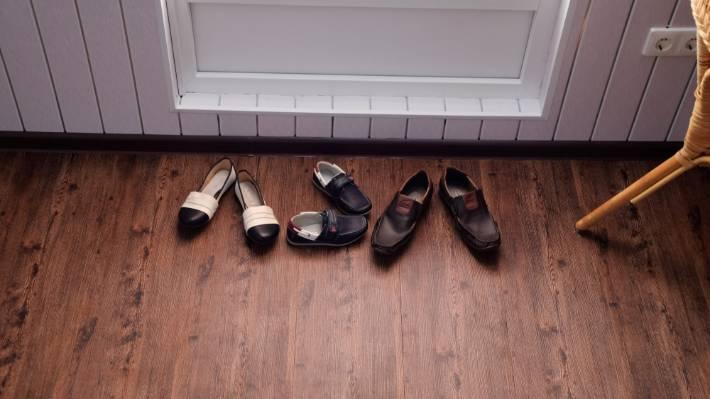
Communications from Tauranga City Council
Did you know you can search our website for your property’s valuation and rating details? Our rating information database is open for inspection.
You can:
• Find the rates paid on your property
• Change your postal address
• Request invoices by email (instead of post)
• Request owner … View moreDid you know you can search our website for your property’s valuation and rating details? Our rating information database is open for inspection.
You can:
• Find the rates paid on your property
• Change your postal address
• Request invoices by email (instead of post)
• Request owner confidentiality
• Request a valuation review
Please get in touch if your information needs to be corrected.

Make the most of your retirement with less stress, and a whole lot of fun with SBS Unwind, a Reverse Equity Mortgage loan. The idea is simple – homeowners aged over 60 stay in their house but free up some money from the property to live their life.
Use the money however you like, while the … View moreMake the most of your retirement with less stress, and a whole lot of fun with SBS Unwind, a Reverse Equity Mortgage loan. The idea is simple – homeowners aged over 60 stay in their house but free up some money from the property to live their life.
Use the money however you like, while the flexible loan means regular payments aren’t required and you can repay all or some of the loan at any time.
For more details visit our website, contact your local SBS branch or call 0800 727 2265.
Eligibility Criteria, Terms and Conditions, and fees apply.
Find out more

Communications from Tauranga City Council
One more day to share your thoughts on proposed ideas for Te Papa and city plan changes. Share your views now!

Communications from Tauranga City Council
We’ve asked members of our community what they think living in a unique neighbourhood could be like - right here in the Te Papa peninsula. Listen in on what they think the future of our city could look like.
Have your say at www.tauranga.govt.nz...
youtu.be...
Trupti Biradar Reporter from Stuff Travel
As we settle into life in Alert Level 2, we're excited to see a bit more of NZ. Join us as we showcase the best close-to-home travel experiences Aotearoa has to offer.
Communications from Tauranga City Council
We know this was an unpopular decision and we appreciate your patience as we worked through the processes needed to protect staff and customers from COVID-19.
From today, the transfer station will take general rubbish and green waste but unfortunately we still can’t accept recycling (working … View moreWe know this was an unpopular decision and we appreciate your patience as we worked through the processes needed to protect staff and customers from COVID-19.
From today, the transfer station will take general rubbish and green waste but unfortunately we still can’t accept recycling (working on it).
Here’s what you need to know:
- Contact tracing requires you to supply your name, phone number and vehicle rego via an online form so bring your phone. If you do not have internet access, staff can help
- Pre-sort all waste e.g. rubbish, garden waste beforehand
- You must maintain a minimum distance of 2m from others at all times
- Payment is card only, no cash will be accepted
- Transfer station opening hours are: Monday – Friday 7.30am – 5pm Weekends: 9am – 5pm
Once again, thank you for your patience. We will update you on recycling when services can resume.

 Loading…
Loading…
Are you sure? Deleting this message permanently removes it from the Neighbourly website.
 Loading…
Loading…

 For Sale by Deadline Private Treaty
For Sale by Deadline Private Treaty


 Marketed by Debi Bennett
Marketed by Debi Bennett

 Auction
Auction



 Marketed by Tim Short
Marketed by Tim Short

 Auction
Auction



 Marketed by Dave Frith
Marketed by Dave Frith

 Tender
Tender



 Marketed by Brett Ashworth
Marketed by Brett Ashworth
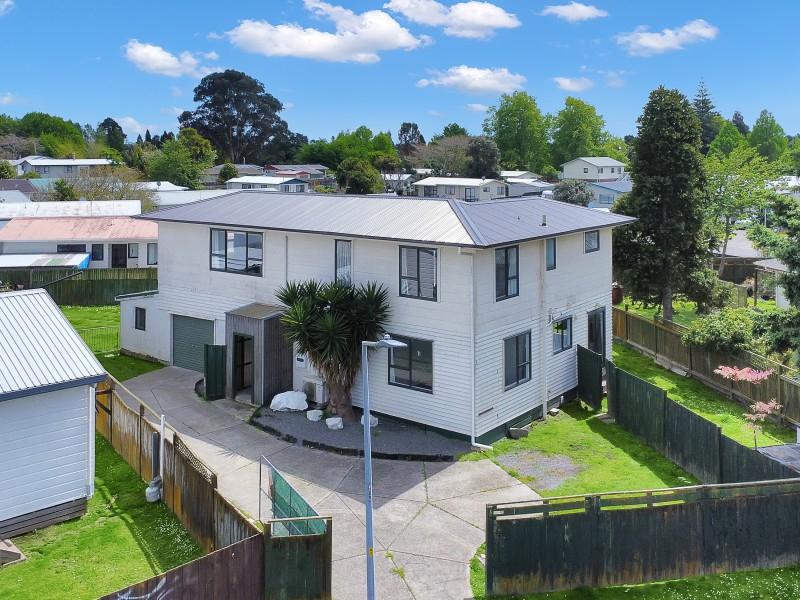
 $449,000
$449,000



 Marketed by Jami Botha
Marketed by Jami Botha
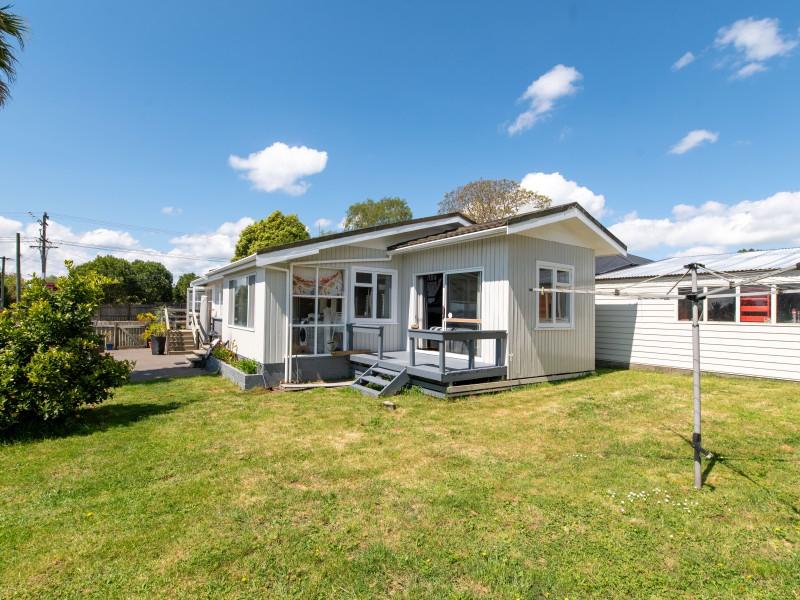
 By Negotiation
By Negotiation



 Marketed by Lisa Crowe
Marketed by Lisa Crowe

 Tender
Tender



 Marketed by Kirstie Richardson
Marketed by Kirstie Richardson
© Neighbourly 2024
